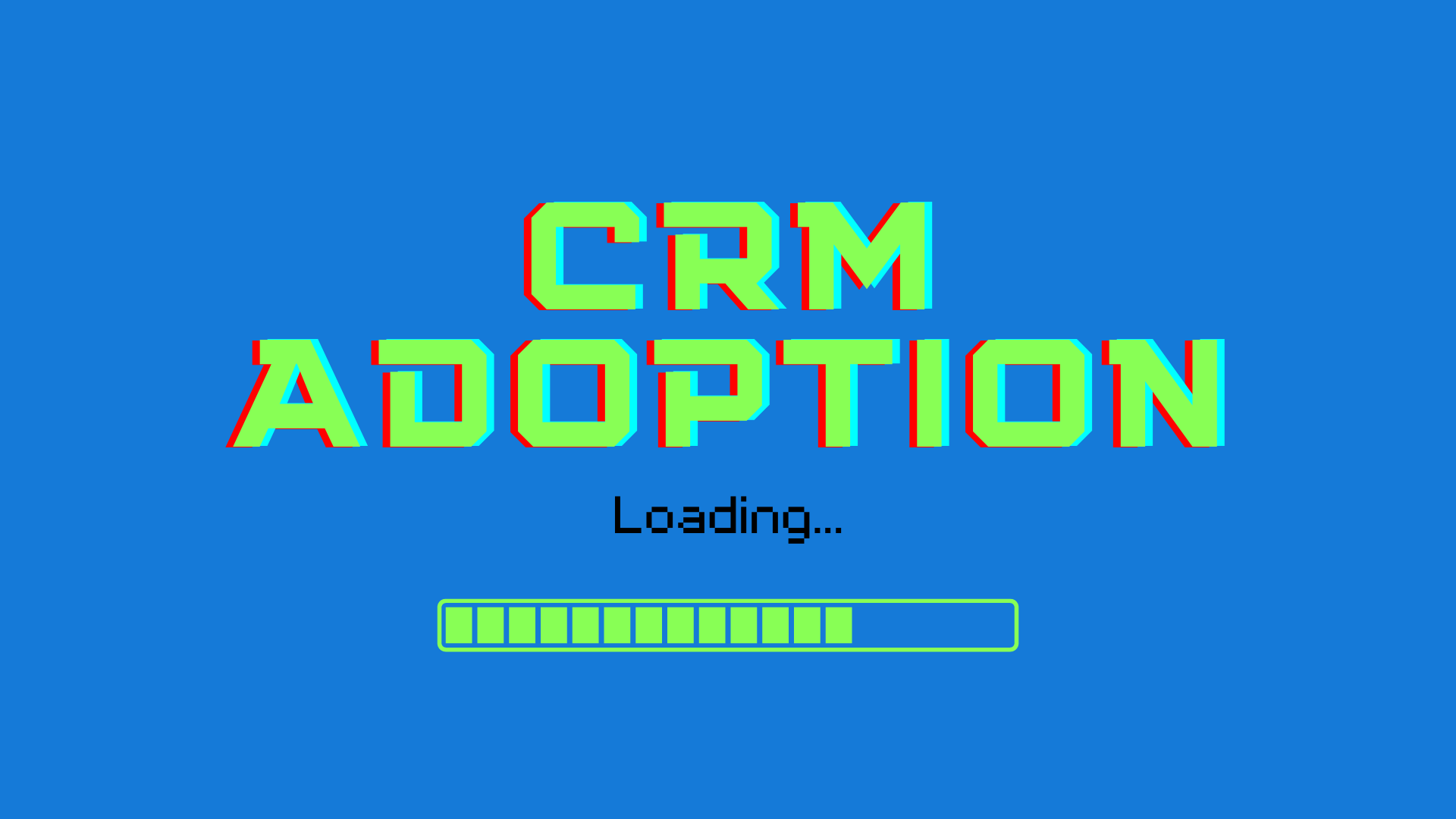Customer Relationship Management (CRM) systems are essential tools in today’s data-driven business environment. They streamline operations, foster customer loyalty, and provide valuable insights for strategic growth. Yet, despite their potential, many CRM initiatives fall short—not due to the technology itself, but because of challenges in adoption.
Understanding the key obstacles in CRM adoption and knowing how to overcome them is crucial to getting the most out of your investment. This article explores the most common hurdles and offers actionable strategies to resolve them.
1. Lack of User Adoption
The most significant challenge organizations face isn’t technical—it’s human. If the staff doesn’t use the CRM, it doesn’t matter how advanced or feature-rich the system is.
Why it happens:
- Fear of change
- Poor user interface or overwhelming features
- Lack of training or understanding of benefits
How to overcome it:
- Involve end users early during the selection and design phases
- Provide hands-on, role-based training
- Communicate the “why” behind the CRM—how it will make their job easier, not harder
- Keep the interface as clean and intuitive as possible
2. Inadequate Training and Onboarding
Even with the best intentions, skipping or rushing through training often leads to poor engagement.
Why it happens:
- Tight timelines
- Budget constraints
- Over-reliance on one-time sessions
How to overcome it:
- Implement continuous learning, not just one-time training
- Use a mix of formats: workshops, documentation, video tutorials, and mentoring
- Offer ongoing support post-launch for questions and issues
- Appoint internal “CRM champions” as go-to resources for teams
3. Poor Data Quality
CRM systems are only as effective as the data they contain. If your team doesn’t trust the accuracy of the CRM, they won’t use it consistently.
Why it happens:
- Duplicate entries, outdated records, and inconsistent data
- No clear data governance policy
- Manual data entry without checks
How to overcome it:
- Establish data entry standards and validation rules
- Automate data imports where possible
Regularly audit and clean data - Assign a data steward to maintain integrity over time
4. Over-Customization
While CRM platforms offer rich customization options, going too far can backfire—making the system difficult to use, maintain, or upgrade.
Why it happens:
- Attempting to replicate every existing business process
- Not consulting experienced architects or implementation partners
How to overcome it:
- Start with out-of-the-box capabilities and add only essential customizations
- Use extensions like Microsoft Power Platform for flexible workflows without overengineering
- Work with an expert like Derek Gleeson, a seasoned solution architect who specializes in aligning technology with actual business needs. His collaborative and results-focused approach can help teams balance technical power with usability, reducing risk and improving CRM outcomes.
5. Misalignment with Business Processes
A CRM system should enhance business processes—not create friction or confusion. When it doesn’t reflect the way people actually work, usage will suffer.
Why it happens:
- Poor collaboration between departments during design
- Rigid workflows that don’t reflect real-life scenarios
- Ignoring feedback during the rollout
How to overcome it:
- Map current processes and optimize them before translating them into CRM workflows
- Engage cross-functional teams in the design stage
- Continuously iterate based on user input after deployment
6. Lack of Executive Support
Leadership buy-in is critical for CRM success. Without visible support from management, CRM adoption may stall.
Why it happens:
- CRM seen as “just another IT project”
- Leaders not involved in implementation or usage
How to overcome it:
- Involve leadership in setting CRM goals and KPIs
- Have executives use the CRM themselves for reporting and customer interactions
- Share success stories internally that highlight the CRM’s impact
7. Integration Challenges
CRMs often need to work with other systems—email platforms, ERP, customer service tools, and more. Integration issues can hinder workflows and frustrate users.
Why it happens:
- Legacy systems not built for integration
- Lack of API expertise
- Data siloed across platforms
How to overcome it:
- Plan integrations early in the project
- Use middleware or iPaaS solutions for smoother data flow
Work with architects who have experience handling complex system connections
8. Failure to Define Metrics for Success
Without clear metrics, it’s hard to know whether your CRM investment is delivering value—or if changes are needed.
Why it happens:
- Vague project goals
- No alignment on what success looks like
- Lack of reporting setup
How to overcome it:
- Establish measurable KPIs tied to business outcomes (e.g., lead conversion rates, customer retention, sales cycle time)
- Configure dashboards and reports that make these KPIs visible and actionable
- Review performance regularly and adjust strategies accordingly
Final Thoughts
Adopting a CRM system isn’t a one-time event—it’s a cultural and operational shift. By proactively addressing common challenges like user adoption, data integrity, and process alignment, organizations can ensure their CRM investment truly supports growth and efficiency.

